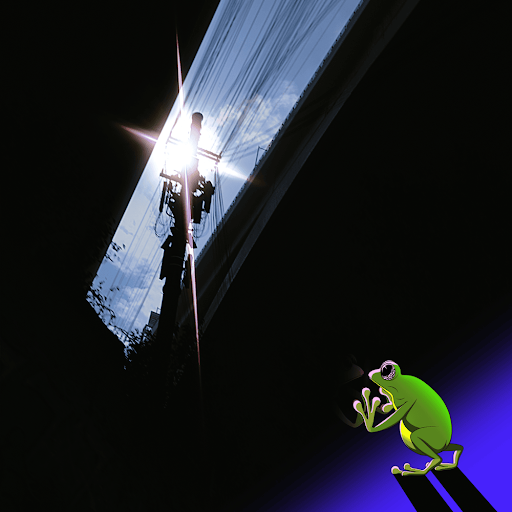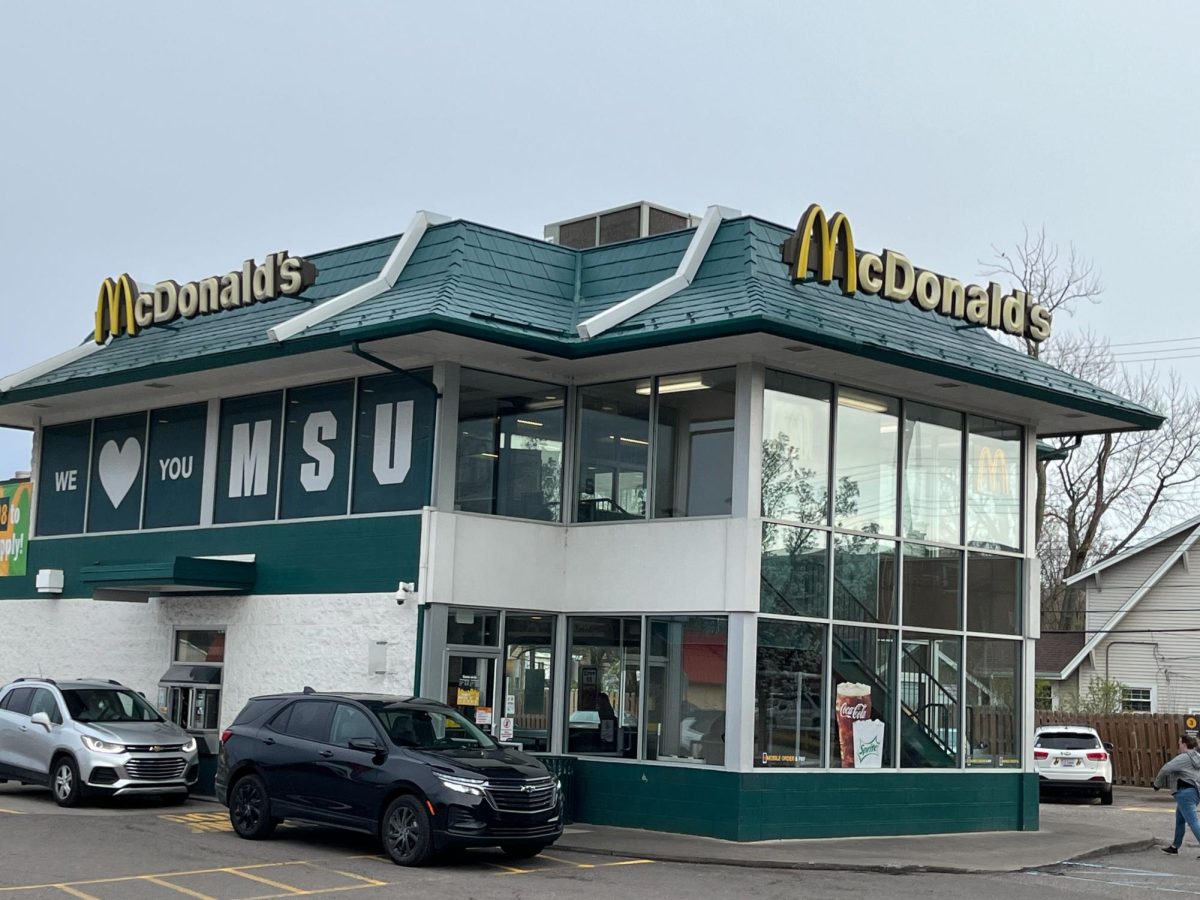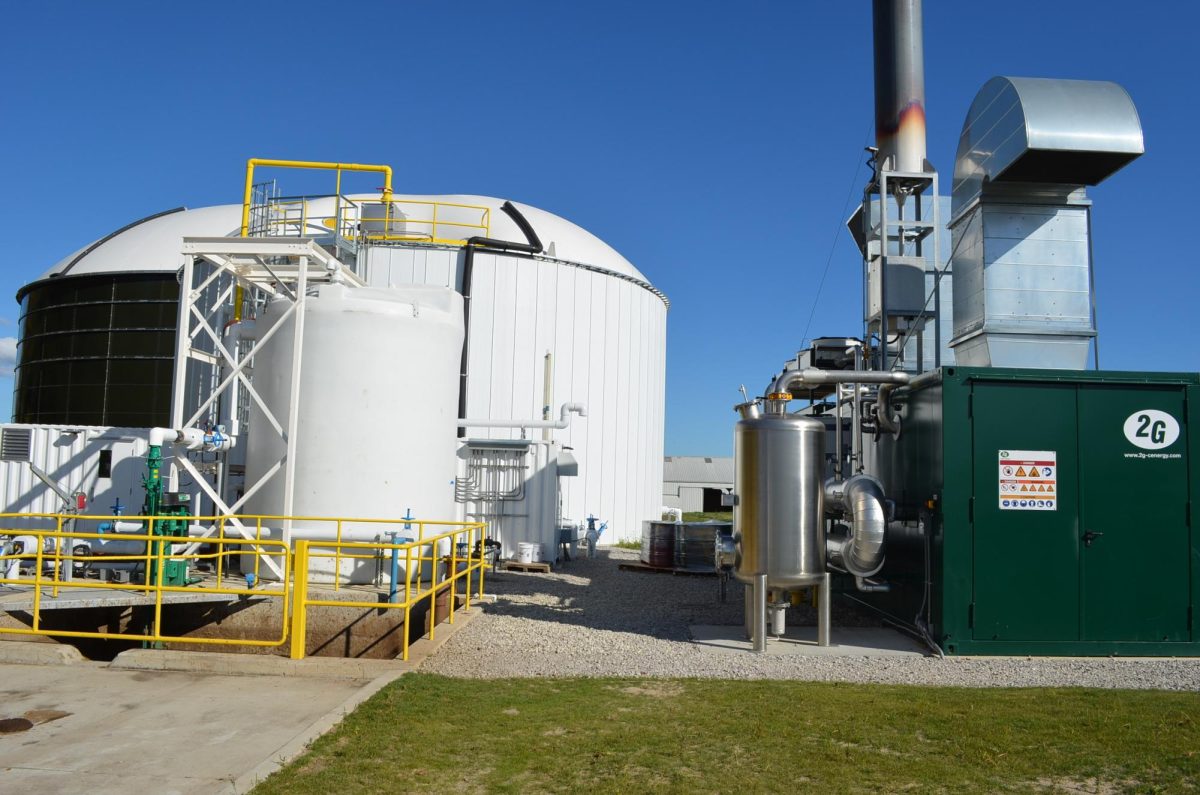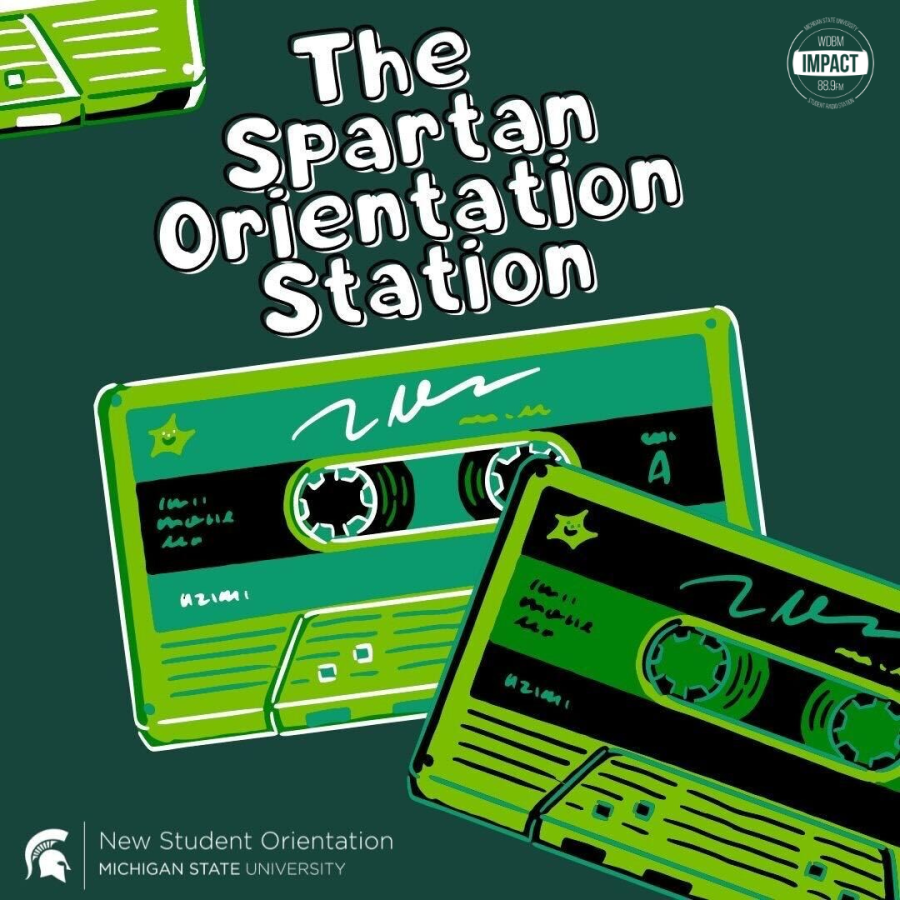Unbeknownst to many Michigan State University students enjoying their meals at dining halls, their leftovers contribute to powering the campus.
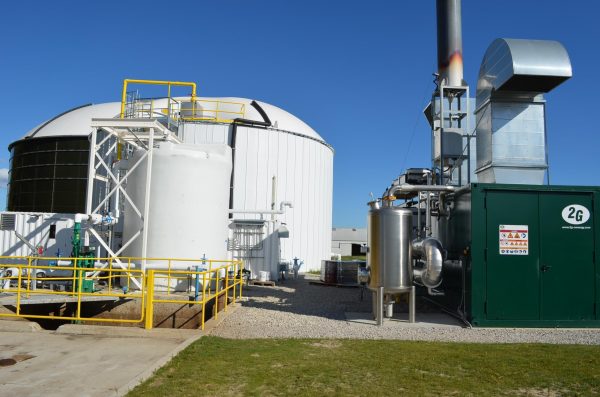
One-third of food produced in the U.S. is wasted, with a significant portion ending up in landfills, where it generates methane, accelerating climate change. To make the campus even greener, MSU built the South Campus Anaerobic Digester (SCAD), a facility that converts organic waste into renewable energy and valuable fertilizers.
“We turn those environmental liabilities into a public asset,” said Dr. Wei Liao, the director of MSU’s Anaerobic Digestion Research and Education Center (ADREC). “We turn them into a feedstock used for renewable energy production.”
It’s not just food waste that’s processed by the anaerobic digester but also cow manure from the MSU Dairy Teaching and Research Center.
Developed in the fall of 2013, the SCAD is the first university-owned anaerobic digestion facility. In its decade of operation, it has processed more than 60,000 tons of manure. The implementation of the SCAD is responsible for reducing 42% of the carbon footprint for both waste streams.
“We’re processing and treating just a tremendous amount of material,” said Louis Faivor, the SCAD operations manager who oversees its 24/7 operations. “If you look at the way it was handled previously and the way it’s handled now, it’s just a night and day difference.”
The SCAD uses roughly 17,000 tons of organic waste per year. In 2022, it digested 12,500 tons of manure from the MSU dairy farm and 15,000 tons of food waste.
As a campus-based digester, its primary goals are to handle campus waste and conduct research to discover the next generation of technology to better serve the communities more sustainably.
The digester is an above-ground steel tank capable of holding 300,000 gallons. The facility is located on MSU’s south campus near the intersection of College and Bennett roads.
Every day, waste from local restaurants, dining halls and manure from the 250 cows at the MSU Dairy Farm is transported to the SCAD.
“You might never see them because they’re hauling their grease to us, usually between four and five in the morning,” Faivor said.
Operators introduce organic material to the digester daily, subjecting it to a 20-30 day process of heating to 100 degrees Fahrenheit in an oxygen-free environment. During this period, microorganisms decompose the material, producing biogas as a renewable energy source. This biogas, generating approximately 2.8 million kWh of electricity yearly, is transmitted to the T.B. Simon Power Plant microgrid for campus use.
“The total amount of electricity generated from SCAD is powering 12, 13 buildings on the campus,” Liao noted.
The three primary products derived from the process include renewable energy in the form of biogas, liquid digestate used as fertilizer and solid digestate used as compost fertilizer.
“Through this process, we contain those waste streams and we turn that carbon into a useful form,” Liao said. “This contributes to campus sustainability.”
The anaerobic digester has many benefits, including landfill and wastewater diversion, the production of renewable energy and fertilizer, a reduction of greenhouse gas emissions and effective odor control.
Challenges:
Despite its success, challenges persist, especially regarding the handling of campus food waste. Contamination, caused by trash mixed with food scraps, is an issue. Faivor said trash getting into the equipment has been responsible for tens of thousands of dollars in repairs.
“That’s really our kryptonite out here,” Faivor said. “If people could just do their part to keep the trash out of the food waste, maybe that’s something that we could expand in the future.”
Looking Forward:
MSU recently received state funding to renovate the university’s dairy and greenhouse facilities. MSU will be constructing a new on-campus dairy farm that will be able to house 680 mature cows.
“We want to expand our digestion operation and increase capacity,” Liao said. “Capacity right now is like, if you look at electricity, is 380 kilowatt capacity. We’re probably looking at a one to two-megawatt capacity. It’s like a three to six times increase.”
The expansion is expected to be operational by 2026 and it reinforces MSU’s commitment to a greener and more sustainable future.










